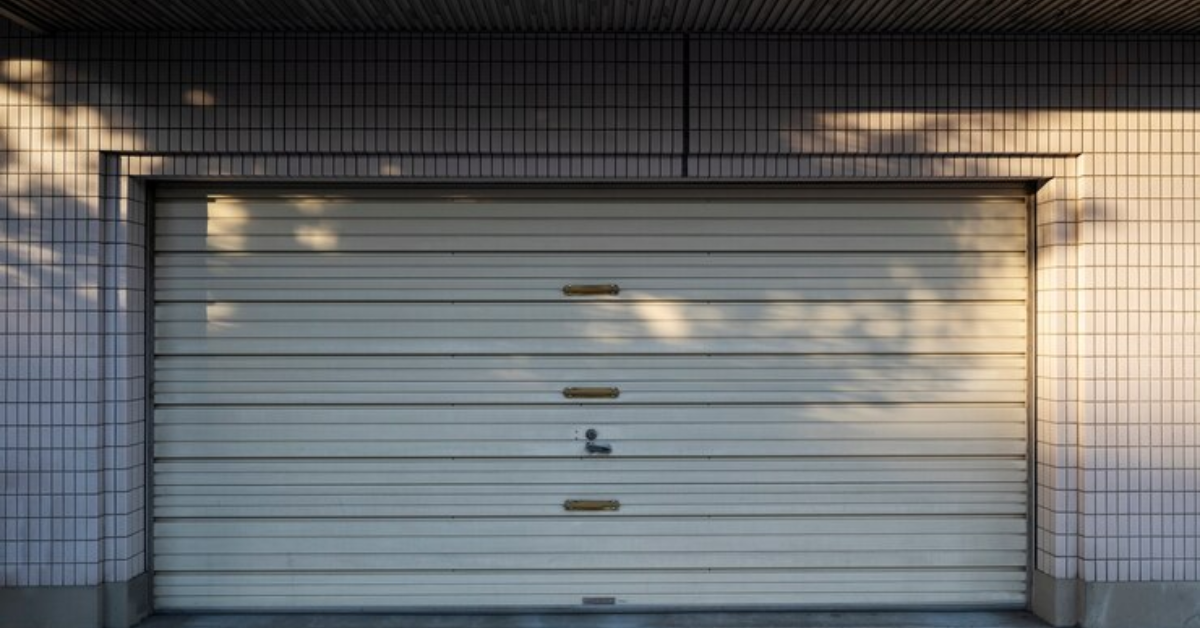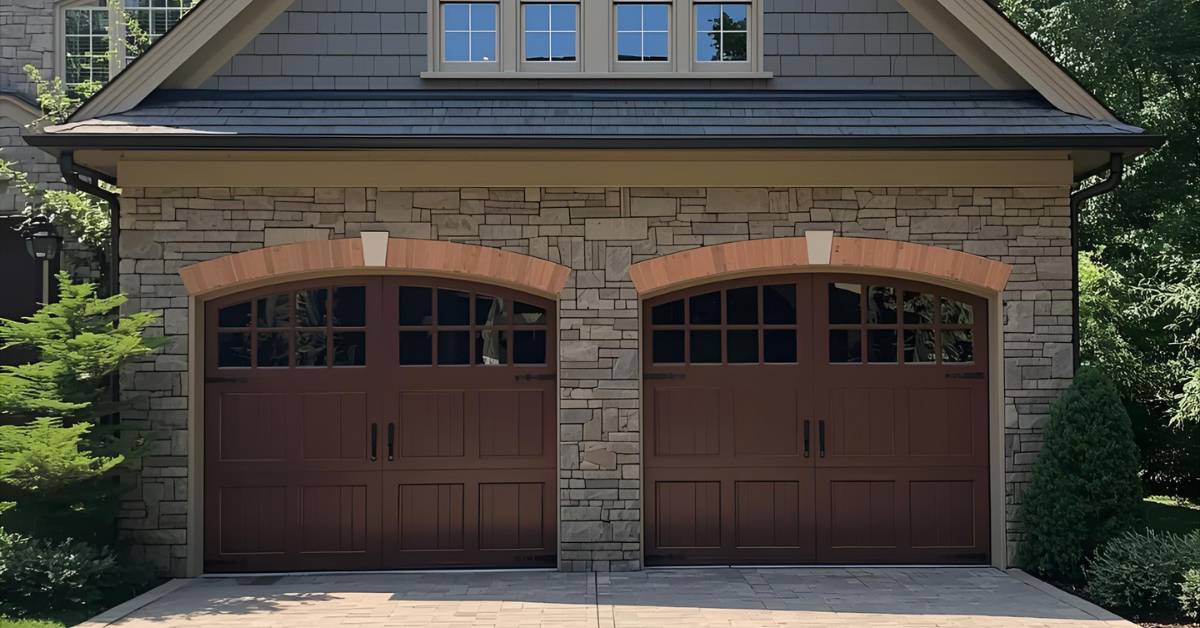How Does A Roll Up Garage Door Work?
A roll-up garage door is a popular choice for many homeowners due to its space-saving design and convenient functionality. Understanding how these doors work is essential for ensuring proper operation and maintenance. A roll-up garage door, also known as a coiling or rolling door, is a type of door that operates by vertically lifting and rolling up into a compact coil above the door opening. Unlike traditional swinging or sectional garage doors that require space to swing or fold outwards, roll-up doors roll vertically, making them ideal for garages with limited ceiling space or those seeking a sleek, modern look.
Understanding how a roll-up garage door operates is vital for several reasons. Firstly, it enables homeowners to troubleshoot minor issues and perform basic maintenance tasks, ultimately prolonging the lifespan of the door and preventing costly repairs. Also, knowing how the various components work together ensures safe operation, reducing the risk of accidents or injuries.
Furthermore, comprehending the functionality of a roll-up garage door empowers homeowners to make informed decisions when selecting or
upgrading their garage door systems. By understanding the mechanics behind different types of roll-up doors, such as manual versus automated systems, homeowners can choose the option best suited to their needs, budget, and lifestyle.
Components of a Roll Up Garage Door
Curtain: The curtain of a roll-up garage door is the flexible sheet of material that forms the main barrier between the interior of the garage and the external environment. Typically made of durable steel or aluminum, the curtain is designed to withstand daily wear and tear while providing security and insulation. It rolls up and down along the tracks, allowing for smooth operation and efficient use of space.
Tracks and Guides:
The tracks and guides are essential components that facilitate the movement of the garage door curtain. Tracks are usually installed vertically on either side of the garage opening, guiding the curtain as it rolls up and down. Guides, on the other hand, help to keep the curtain aligned and prevent it from shifting off-track during operation. Proper installation and
maintenance of tracks and guides are crucial for ensuring smooth and safe operation of the roll-up garage door.
Springs and Counterbalance System:
The springs and counterbalance system play a critical role in balancing the weight of the garage door curtain, making it easier to open and close manually or with a motorized operator.
Torsion springs are commonly used in roll-up garage doors, applying torque to the shaft to counterbalance the weight of the door.
Extension springs may also be used in some designs. It's essential to properly adjust and maintain the springs and counterbalance system to prevent premature wear and ensure the safety of the door.
Motor and Operator:
While some roll-up garage doors are operated manually, many are equipped with motors and operators for added convenience and ease of use. The motor powers the operation of the door, typically through a chain, belt, or direct drive system. The operator allows users to open and close the door with the push of a button or remote control. Motorized operators may also include features such as automatic closing timers, security codes, and battery backup systems for added functionality and safety.
Understanding these components is crucial for proper maintenance, troubleshooting, and ensuring the efficient operation of a roll-up garage door. Regular inspection and servicing of these components can help prevent malfunctions and extend the lifespan of the door.
Mechanism of Operation
Opening Process:
The opening process of a roll-up garage door involves the curtain rolling upward along the tracks. In manual systems, this is typically achieved by pulling a handle or chain, which activates the springs and counterbalance system to lift the door. In motorized systems, the motor powers the opening mechanism, either through a chain, belt, or direct drive system. As the door opens, the curtain rolls up into a compact coil above the door opening, allowing for efficient use of space.
Closing Process:
The closing process of a roll-up garage door is essentially the reverse of the opening process. In manual systems, the door is lowered by releasing the tension on the springs and counterbalance system, allowing the curtain to descend smoothly along the tracks. In motorized systems, the motor controls the descent of the door, typically through the same mechanism used for opening. Safety sensors may be employed to detect obstacles and ensure safe closing of the door.
Safety Features:
Roll-up garage doors are equipped with various safety features to prevent accidents and injuries. These may include photoelectric sensors or infrared beams positioned near the bottom of the door opening, which detect obstructions in the path of the closing door and automatically reverse its direction to prevent crushing injuries or property damage. Additionally, manual release mechanisms allow users to disengage the motor and operate the door manually in case of power outages or emergencies.
Roll Up Garage Door Materials and Designs
Roll-up garage doors are typically constructed from durable materials such as steel, aluminum, or vinyl. Steel doors offer strength and security, making them a popular choice for residential and commercial applications. Aluminum doors are lightweight and corrosion-resistant, ideal for coastal areas or locations with high humidity. Vinyl doors are low-maintenance and can be customized with various colors and finishes to complement the exterior of the home.
Roll-up garage doors come in a variety of designs to suit different architectural styles and aesthetic preferences. Common design options include traditional raised-panel doors, contemporary flush-panel doors, and carriage house-style doors that mimic the appearance of swinging barn doors. Window inserts, decorative hardware, and insulation options are also available to enhance the appearance and functionality of the door.
When selecting a roll-up garage door, homeowners should consider factors such as
insulation properties, durability, maintenance requirements, and budget. Insulated doors help improve energy efficiency and noise reduction, particularly for attached garages or living spaces above the garage. Durability is essential for withstanding harsh weather conditions and frequent use, while low-maintenance materials can save time and money on upkeep. Finally, budget considerations should take into account not only the upfront cost of the door but also long-term savings on energy bills and potential repair or replacement costs.
Installation and Maintenance Tips
While some homeowners may opt for a DIY installation to save money, it's often recommended to hire a professional for installing roll-up garage doors. Professional installers have the expertise and tools necessary to ensure proper alignment, tensioning of springs, and integration of safety features. This helps prevent installation errors that could compromise the functionality and safety of the door. However, if you have experience with similar projects and feel confident in your abilities, DIY installation may be feasible with careful attention to instructions and safety precautions.
Regular maintenance is key to keeping a roll-up garage door operating smoothly and extending its lifespan. This includes lubricating moving parts such as tracks, rollers, and hinges to reduce friction and wear. Inspecting and tightening hardware, checking for signs of wear or damage, and cleaning the door surface are also important maintenance tasks. Additionally, testing the balance and alignment of the door and ensuring safety features like sensors are functioning properly should be part of routine maintenance routines.
Common issues with roll-up garage doors may include misalignment, noisy operation, sticking or jamming, and malfunctioning safety features. Troubleshooting these issues often involves identifying the root cause, such as loose hardware, debris in the tracks, or worn-out springs, and addressing them accordingly. Following manufacturer guidelines and consulting professional technicians when needed can help diagnose and resolve problems effectively, ensuring the door operates safely and reliably.
Advantages and Disadvantages of Roll Up Garage Doors
Advantages
- Space-saving design: Roll-up garage doors roll vertically into a compact coil, maximizing overhead space in the garage.
- Durability: Constructed from sturdy materials like steel or aluminum, roll-up doors are resistant to dents, rust, and weather damage.
- Security: Roll-up doors provide a secure barrier against intruders, especially when equipped with locking mechanisms and reinforced panels.
- Easy operation: Motorized options offer convenient remote-controlled operation, while manual doors are relatively easy to open and close.
Disadvantages
- Cost: Roll-up garage doors tend to be more expensive than some other door types, particularly if opting for insulated or custom designs.
- Limited design options: While roll-up doors come in various styles, they may not offer as much design versatility as sectional or custom-made doors.
- Maintenance requirements: Roll-up doors require regular maintenance to ensure smooth operation and prevent premature wear on components like springs and tracks.
Comparison with Other Garage Door Types
Compared to traditional swinging or sectional doors, roll-up garage doors offer advantages in terms of space efficiency, durability, and security. However, they may have higher upfront costs and limited design options compared to some custom-made or specialty doors. When choosing a garage door type, homeowners should consider factors such as budget, space constraints, aesthetic preferences, and long-term maintenance requirements.
Conclusion
Roll-up garage doors offer a practical and space-saving solution for homeowners, operating by smoothly rolling up and down along tracks with the assistance of springs and motors. Proper installation by professionals or diligent DIY efforts, coupled with regular maintenance practices, are crucial for ensuring the smooth and safe operation of these doors. By understanding the mechanics behind roll-up garage doors and investing in their proper installation and maintenance, homeowners can enjoy the convenience, security, and durability that these doors provide. Whether for residential or commercial use, roll-up garage doors remain a reliable and efficient choice for modern garage spaces.




